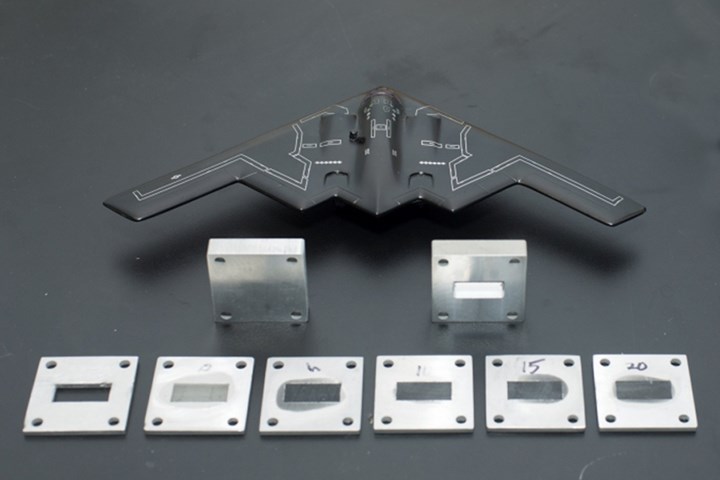North Carolina State University develops CFRP skin for stealth aircraft
The carbon fiber skin will enable the design of more reliable, durable and efficient stealth jets, offering better electromagnetic conduction and high temperature capabilities.

Photo Credit: North Carolina State University
This information was pulled from the original article written by The American Society of Mechanical Engineers’ (ASME) Cassie Kelly.
Chengying “Cheryl” Xu, associate professor of mechanical and aerospace engineering at North Carolina State University, and her team have developed a carbon fiber-reinforced polymer (CFRP) composite skin for stealth fighter jets. The ultimate goal is to develop more reliable, durable and efficient jets with a radar-absorbent material (RAM) coating that is capable of deflecting a majority of radar frequencies, withstand high temperatures and maintain its integrity, despite heat, salt, moisture and friction.
Xu believes the CFRP skin could solve these issues. The hybrid structure has two phases: conduction and insulation. The polymer-derived silicon carbonitride (SiCN) ceramic is reinforced with yttria-stabilized zirconia fibers to aid in the conduction of incoming electromagnetic energy. Xu says it can withstand extremely high temperatures upward of 1,800ºC. The composite is also reinforced with carbon nanotubes (CNTs), which are lightweight and high strength, making the material especially durable.
“We have to ensure the life of the pilot,” says Xu. “If the vehicle is shot down, it’s a tragedy.”
Tests of the spray-on RAM material have shown a bare minimum reflection, absorbing more than 90% of incoming waves compared to the 70-80% absorption of existing RAMs on stealth fighter jets. This makes it nearly invisible from detection, while also being highly resistant to oxidation and corrosion. However, testing is still underway, to determine whether the spray-coat can be sprayed on all surfaces of the aircraft without impeding performance.
With secured funding from the Air Force Office of Scientific Research, Xu and her team will now pursue testing and scalability for the material. Further, while possible applications range from submarines, fighter carriers, ballistic missiles and more, Xu says the next challenge will be finding industry partners to get them to that point, including Boeing (Chicago, Ill., U.S.), Lockheed Martin (Bethesda, Md., U.S.), Raytheon (Waltham, Mass., U.S.) and Northrop Grumman (Falls Church, Va., U.S.).
Related Content
-
Daher inaugurates Learning Center for training aeronautical talent
Daher offers a concrete solution to the shortage of qualified professionals in aerospace, providing a range of technical programs that prepare workers for the sector’s rigorous demands.
-
Women in the Composites Industry brings together women for networking, educational opportunities
Aiming to support the growth of women in this industry, the WCI industry group and its partners recently held its first live training event hosted by Owens Corning.
-
Reducing accidental separator inclusion in prepreg layup
ST Engineering MRAS discusses the importance of addressing human factors to reduce separator inclusion in bonded structures.
















